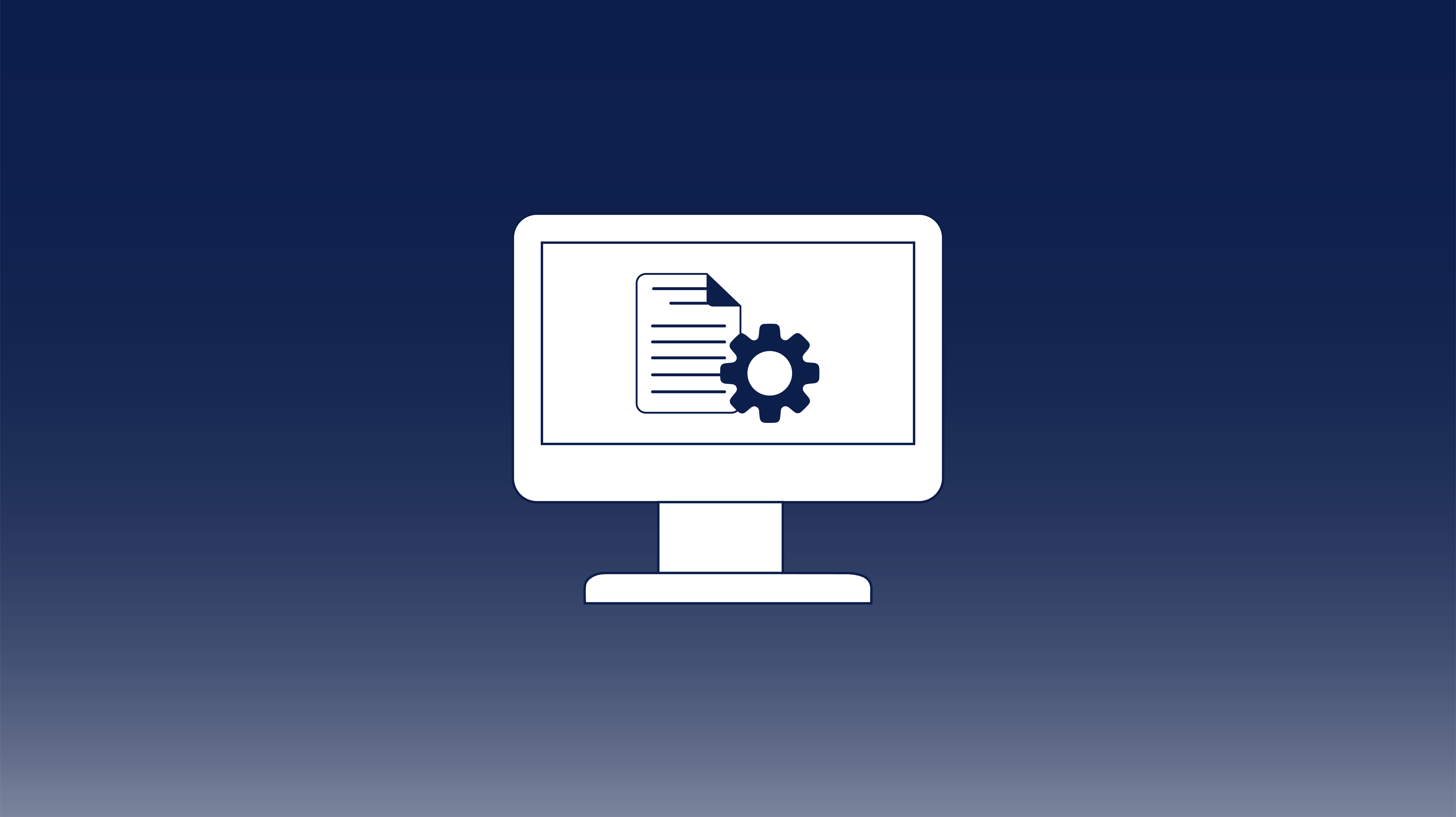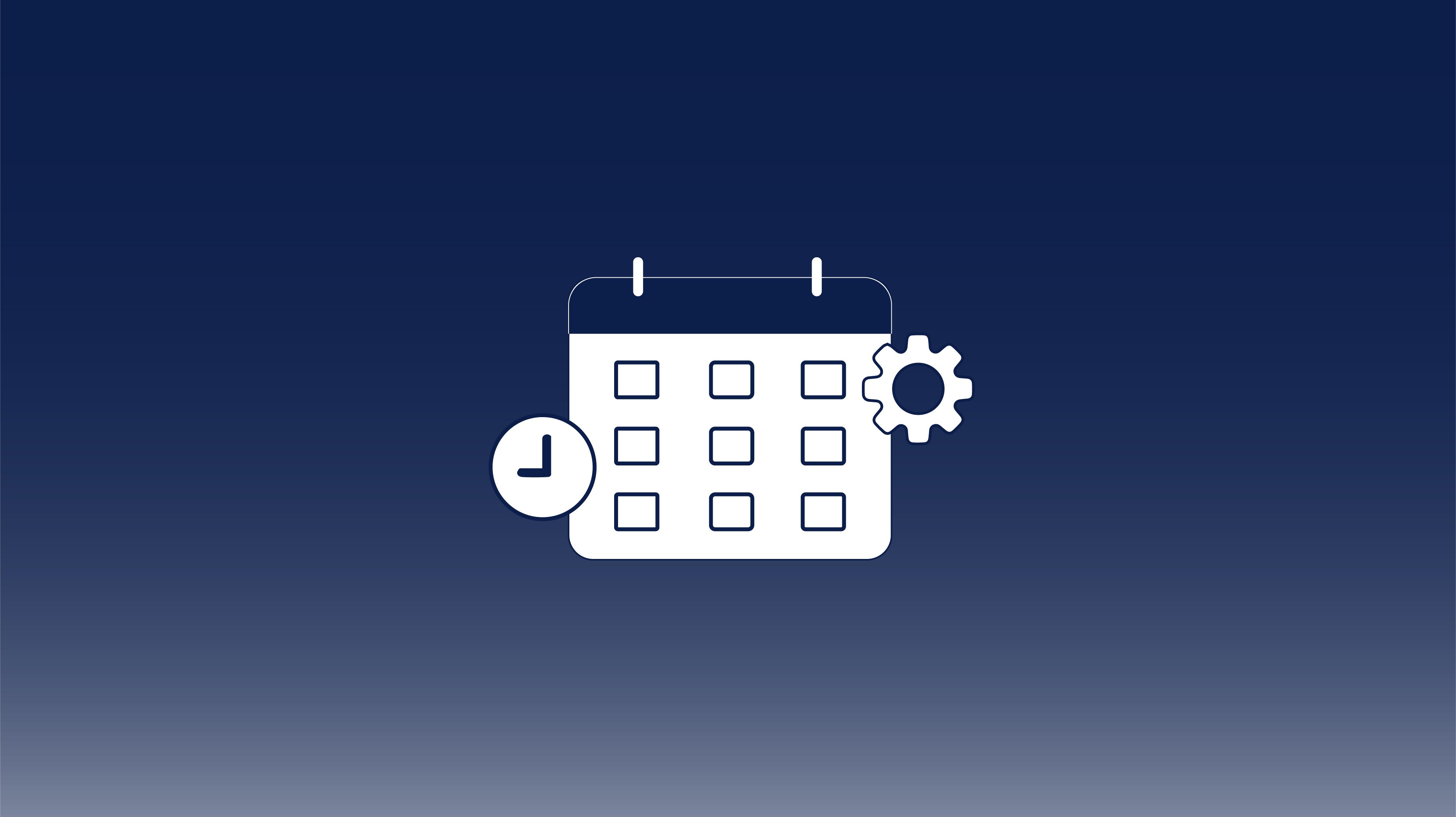Automated Accounts Receivable Programs: Cutting DSO by 30% in Six Months
In today’s economy, speed to cash is as important as speed to market. Companies that let receivables linger for 60, 75, or even 90 days are putting...

If you’ve been in accounting or finance enough years, you probably remember a time when accounts payable involved mountains of paperwork, manual data entry, and verification steps—with zero automation. For some businesses, this is still a reality, although digital transformation initiatives are rapidly changing the narrative and bringing much-needed efficiency and accuracy to business operations.
Usher in machine learning (ML). Today, artificial intelligence (AI)-driven accounts payable (AP) solutions combine Optical Character Recognition (OCR) with ML algorithms to interpret complex layouts, automatically extract key data, and even detect anomalies for fraud prevention. With these advancements, AP departments are moving away from error-prone, manual tasks and heading toward a faster, more reliable, and cost-effective approach to processing invoices instead.
To understand how AI and ML are transforming accounts payable, it’s helpful to distinguish between AI and ML since these technologies are not one in the same.
AI is a broader concept and it refers to systems that can perform tasks usually requiring human intelligence, such as problem-solving and decision-making. ML is actually a subset of AI that involves training algorithms to recognize patterns and make decisions based on data.
While AI provides the foundation for advanced automation, ML enables systems to learn from historical data and continually improve, making this technology especially valuable in applications like accounts payable. To be more clear—in accounts payable—AI provides the framework for overall process automation while ML allows for more refined functions, such as interpreting and extracting data from complex invoices.
Besides the belief that AI and ML are the same technology, it’s a common thought that OCR is the driving force behind AP automation. Although it’s a long-standing tool for digitizing paper documents in AP processes, it does have its limitations, particularly when dealing with inconsistent invoice formats or poor-quality scans.
Optical character recognition can recognize text but often misinterprets characters when dealing with smudged or crumpled documents, and it lacks the capability to understand the relationships between data points on an invoice. This means that OCR alone is often inadequate for reliable data extraction. It needs ML technology to:
When businesses combine the power of OCR with ML, a more robust and accurate AP automation solution can be achieved.
AI technologies are transforming AP by automating many of the steps traditionally requiring human involvement. For example, AI-powered systems can extract data from invoices, match them with purchase orders, and identify discrepancies—all without human intervention.
Useful for repetitive tasks that would otherwise slow down AP departments, AI-driven AP solutions can also automatically detect unusual transaction patterns to help prevent fraud and maintain compliance with regulatory standards.
Additionally, smart approval workflows further enhance efficiency by routing invoices to the appropriate personnel for review, ensuring that high-priority invoices are processed quickly and accurately.
Overall, with these capabilities, AI-driven AP systems not only reduce processing times but also improve overall accuracy, reduce costs, and mitigate risks for busy AP departments.
Machine learning brings multiple advantages to AP departments because it addresses many of the pain points associated with manual processes. With ML, systems continuously improve so data extraction and validation develop greater accuracy over time. This results in fewer errors and enables businesses to gain confidence in the reliability of their AP processes.
Additionally, ML-powered automation frees up staff time, allowing team members to focus on higher-value activities such as managing vendor relationships or analyzing financial data. One more important benefit of ML is its ability to detect irregularities in data, an attribute that contributes to stronger fraud prevention and ensures compliance with financial regulations.
Machine learning is a versatile tool with applications far beyond accounts payable, impacting various sectors by enabling organizations to process and analyze data in innovative ways.
In healthcare, ML is used to analyze patient records, streamline billing processes, and even assist in diagnosing conditions based on historical data. The retail sector leverages ML for inventory optimization and personalized customer experiences, using predictive analytics to anticipate demand and tailor marketing strategies. In finance, ML powers fraud detection systems, risk assessments, and even customer service chatbots, providing a more secure and efficient service experience.
Manufacturing is another sector benefiting from ML, particularly in predictive maintenance, where ML algorithms identify potential machinery issues before they lead to costly downtime. Altogether, these examples illustrate how ML’s capabilities can adapt across industries, clearly demonstrating the potential for transforming AP processes in a similar way.
The future of machine learning in AP promises further automation and refinement, and as this technology advances, AP processes will become increasingly autonomous so less human intervention will be needed.
Improved accuracy and adaptability will also enable AP systems to handle a broader range of document types and formats, making them more effective across diverse business environments.
In the years ahead, we can expect ML-powered AP solutions to drive even greater efficiency, accuracy, and strategic insights—ultimately helping businesses make smarter financial decisions.
Machine learning models are trained to recognize and extract data from diverse invoice layouts, even if they vary significantly. Since ML algorithms are exposed to multiple formats, they learn to identify key fields across different document structures such as vendor names, dates, and amounts. The resulting adaptability minimizes the need for manual setup when a new vendor is introduced.
Yes, machine learning analyzes payment trends and can suggest the best times to release payments based on factors like cash flow, vendor terms, and historical data. By optimizing payment schedules, ML can help businesses take advantage of early payment discounts and avoid late fees, ultimately supporting more strategic cash flow management.
WIth the ability to identify transactions that deviate from set rules, machine learning tracks regulatory and internal compliance. For instance, it can flag transactions that exceed approval thresholds, detect irregular vendor behavior, or ensure proper invoice matching. By automating these checks, ML helps organizations stay compliant and reduces audit risks.
Machine learning is revolutionizing accounts payable and transforming how businesses approach what was once a tedious, error-prone process. By addressing the challenges of manual AP workflows, ML empowers organizations to operate more efficiently, reduce costs, and improve compliance.
If your organization is ready to transform its AP processes, contact CloudX for a no-obligation demo. We offer advanced solutions that leverage the power of ML to help your business achieve streamlined, accurate, and cost-effective accounts payable workflows.

In today’s economy, speed to cash is as important as speed to market. Companies that let receivables linger for 60, 75, or even 90 days are putting...

Managing operational costs today often means balancing operational costs against tight margins, making it essential to join a group purchasing...